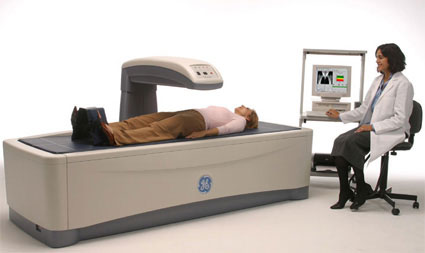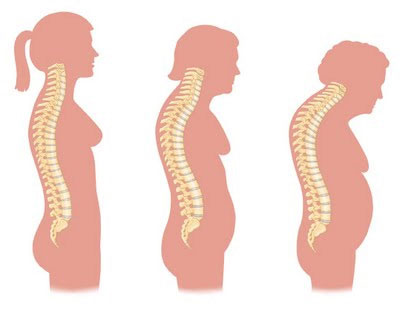Transdermal Drug Delivery systems are the easiest way of ERT. There are some discomforts associated with this but its advantages outweigh the discomforts. Know about this in detail.Transdermal drug delivery is done with the help of a transdermal patch. This transdermal patch is a medicated adhesive that helps to transfer a particular dosage of medication into blood stream through skin. Therefore, this patch is required to place on the skin of the patient. It helps in the recovery of the affected part of the body. Let us take a look at the advantages and disadvantages of
transdermal drug delivery systems.
Possible Discomforts of Transdermal Drug Delivery Systems
Here are some of the possible discomforts of transdermal drug delivery systems.
- Transdermal drug delivery systems could be unsuitable for drugs that irritate or sensitize skin.
- The natural limit of drug entry imposed by the skin’s permeability indicates that relatively potent drugs are suitable only for transdermal delivery.
- Under various environmental conditions, adhesions of the system to different skin types sometimes result in technical difficulties.
Advantages of Transdermal Drug Delivery Systems
Have a quick look at the advantages of transdermal drug delivery systems.
- Avoids gastrointestinal tract difficulties during absorption caused by enzymes, drug interactions with food, etc.
- Suitable in instances like vomiting/diarrhoea where oral route is not desirable.
- Avoids first pass i.e. the initial passage of a drug substance through the systemic and portal circulation.
- Provides the capacity for multi day therapy with a single application thereby improving patient compliance. Extends the activity of drugs having short half - life through the reservoir of drug present in the delivery system and its controlled release characteristics.
- Therapy can be quickly terminated by removal of the patch from the skin.
- Provides ease of rapid identification of medication in emergencies - non-responsive patients, unconscious or comatose patients.
- Less chances of over or under dosing as the result of prolonged pre-programmed delivery of drug at the required therapeutic rate.
What is ETS?
ETS is a new transdermal hormone replacement therapy that is supposed to be convenient, safe, low dosage
estrogen therapy. It is a once-a-week dosage with a matrix patch, and offers various benefits over the existing treatments:
How Does Transdermal Drug Delivery Systems Work?
Transdermal drug delivery system is very simple to use and can be effectively administered. Skin is one of the largest organs of human body. It is a protective layer on the body which covers the entire body. It has the capability to redevelop and it provides crucial but limited penetration. This kind of permeation that skin provides is very important for transdermal drug delivery systems to work.
Skin is a three-layered protective cover on the body. The first layer is known as epidermis on which the transdermal patch is placed. The patch is placed in such a way that the side of the patch that contains medicine is in contact with the first layer of skin (epidermis). When the medicine from the patch reaches the second layer of skin, it then transfers it to the third or the deepest layers of skin. This last and the deepest layer of skin contain blood vessels which then pass the medicine into the blood stream.
The medicine from the patch penetrates through the three layers of skin and reaches the blood stream via blood vessels. In this way the medicine that is transferred into the blood is circulated in the patient’s body through the circulatory system. In this way the medicine is directly circulated in the blood stream of patient.































